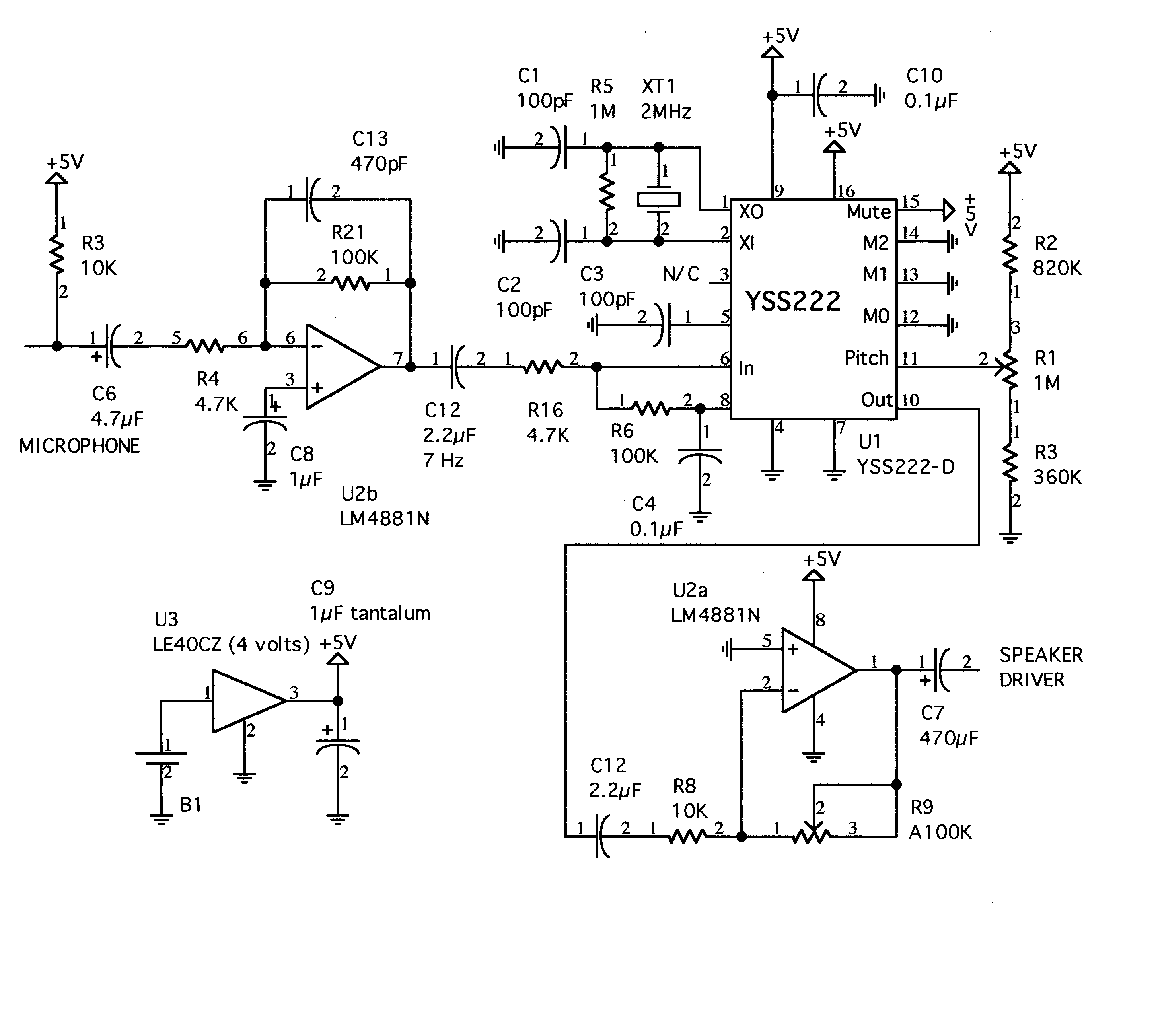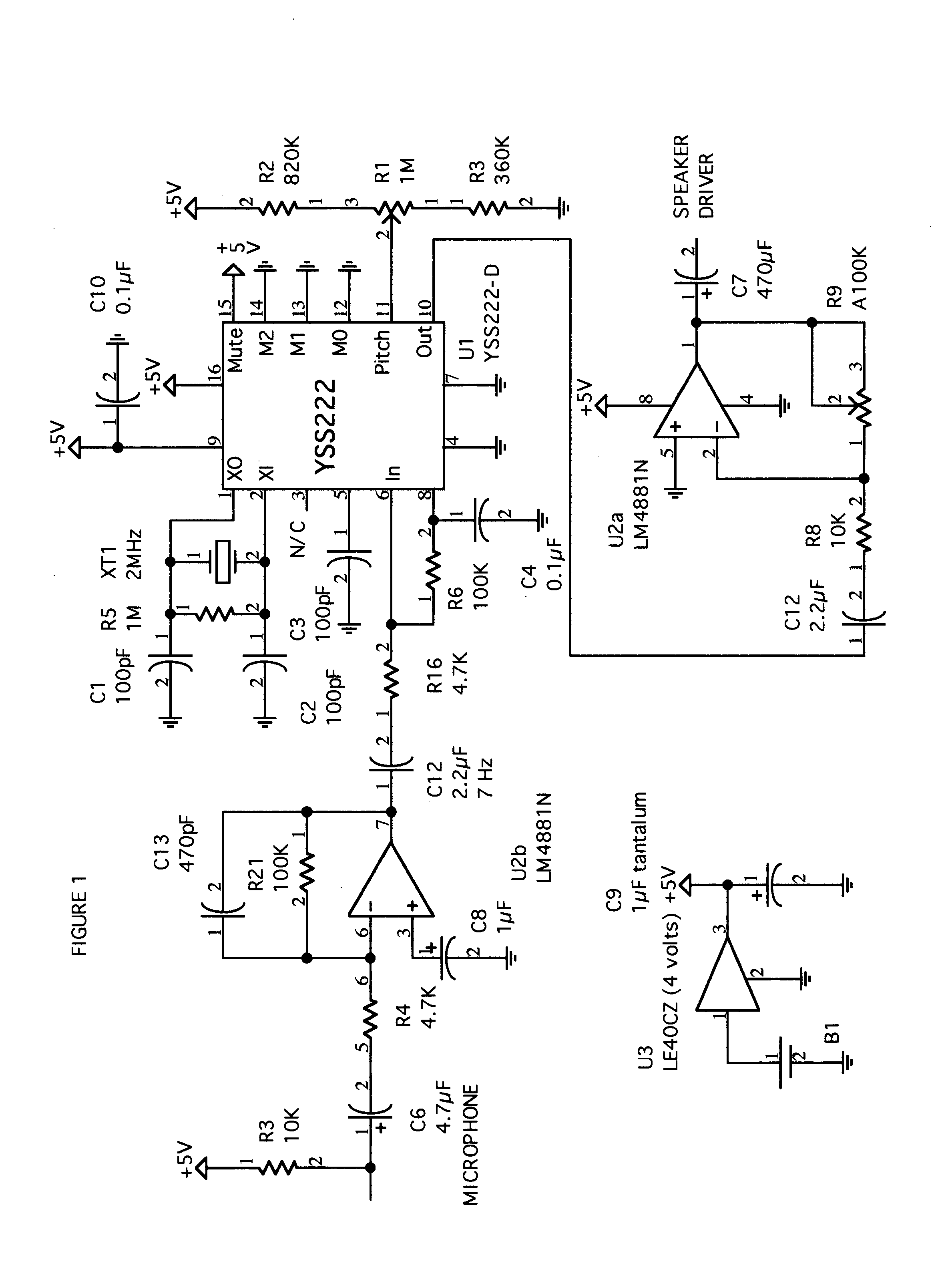Hearing aid-style anti-stuttering device
a technology of anti-stuttering device and hearing aid, which is applied in the direction of hearing aid signal processing, hearing aid set, electrical apparatus, etc., can solve the problems of hearing noise through speecheasy that i can't hear, background noise, background noise, etc., and achieve the effect of not impairing the user's hearing
- Summary
- Abstract
- Description
- Claims
- Application Information
AI Technical Summary
Benefits of technology
Problems solved by technology
Method used
Image
Examples
Embodiment Construction
In the first configuration of the Invention, an Impact Dynamic Speech Re-Coding Hearing Aid, Model DSR13, made by AVR Communications Ltd., of Eden Prairie, Minn., is re-programmed for use as an anti-stuttering device instead of as a hearing aid. The Impact DSR13 is available in both behind-the-ear BTE and in-the-ear (ITE) versions. A completely-in-the-ear-canal (CIC) model should be available in the near future.
The Impact DSR13 has a built-in omnidirectional microphone. It also has an FM receiver for receiving sound from wireless microphone. A throat microphone, such as the Chattervox transdermal microphone, made by Connections Unlimited, of West Palm Beach, Fla., can be plugged into an FM transmitter, such as the Personal FM Listening System model PFM 350, made by Williams Sound Corp., of Eden Prairie, Minn. The throat microphone can be hidden under the user's shirt collar, and the PFM 350 worn on the user's belt. The Impact DSR13 hearing aid then picks up the user's voice clear...
PUM
 Login to View More
Login to View More Abstract
Description
Claims
Application Information
 Login to View More
Login to View More - R&D
- Intellectual Property
- Life Sciences
- Materials
- Tech Scout
- Unparalleled Data Quality
- Higher Quality Content
- 60% Fewer Hallucinations
Browse by: Latest US Patents, China's latest patents, Technical Efficacy Thesaurus, Application Domain, Technology Topic, Popular Technical Reports.
© 2025 PatSnap. All rights reserved.Legal|Privacy policy|Modern Slavery Act Transparency Statement|Sitemap|About US| Contact US: help@patsnap.com


